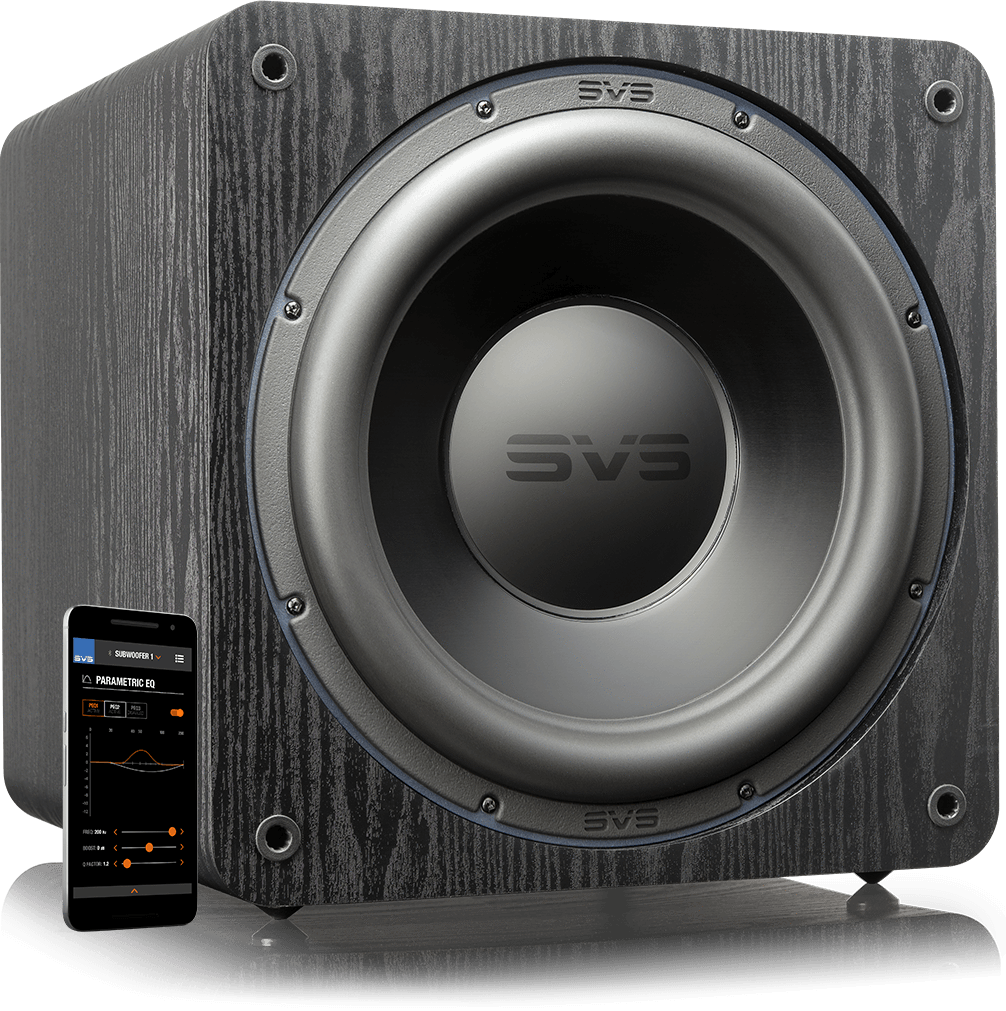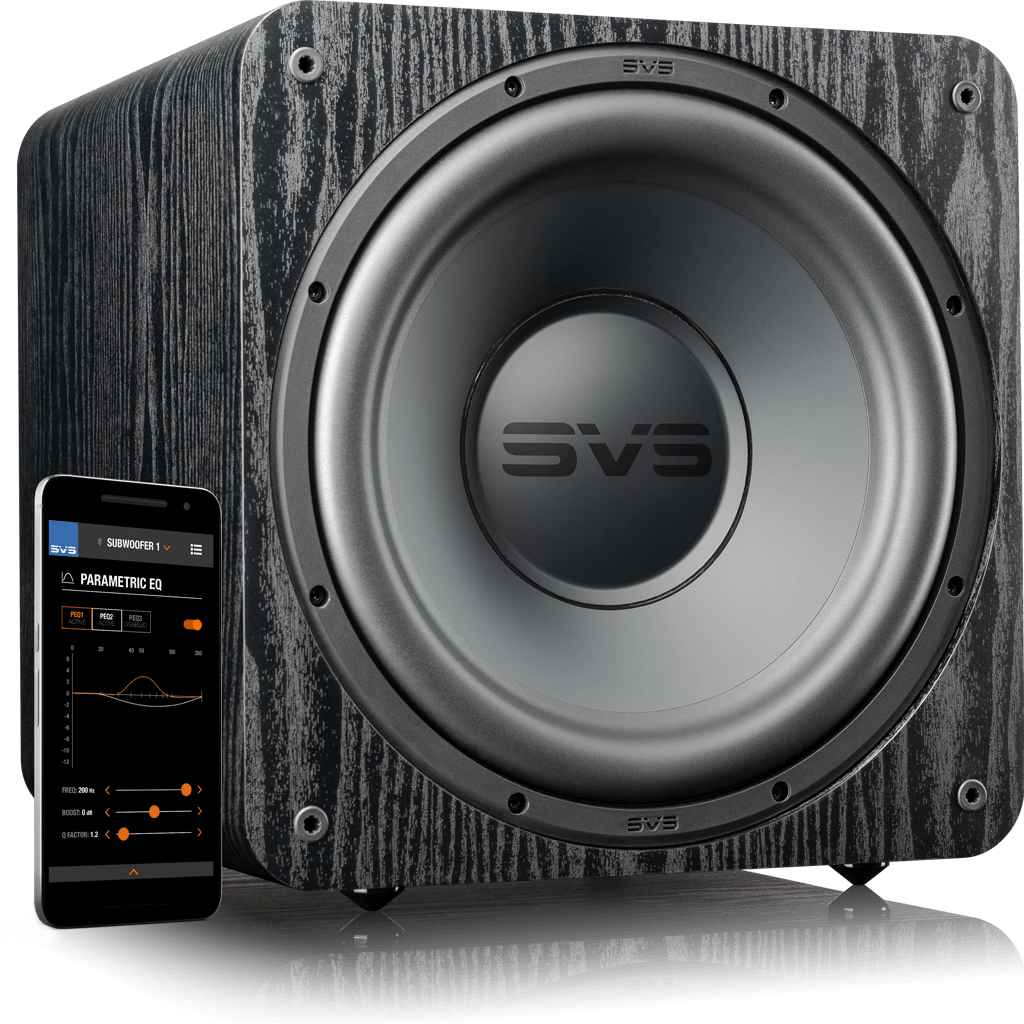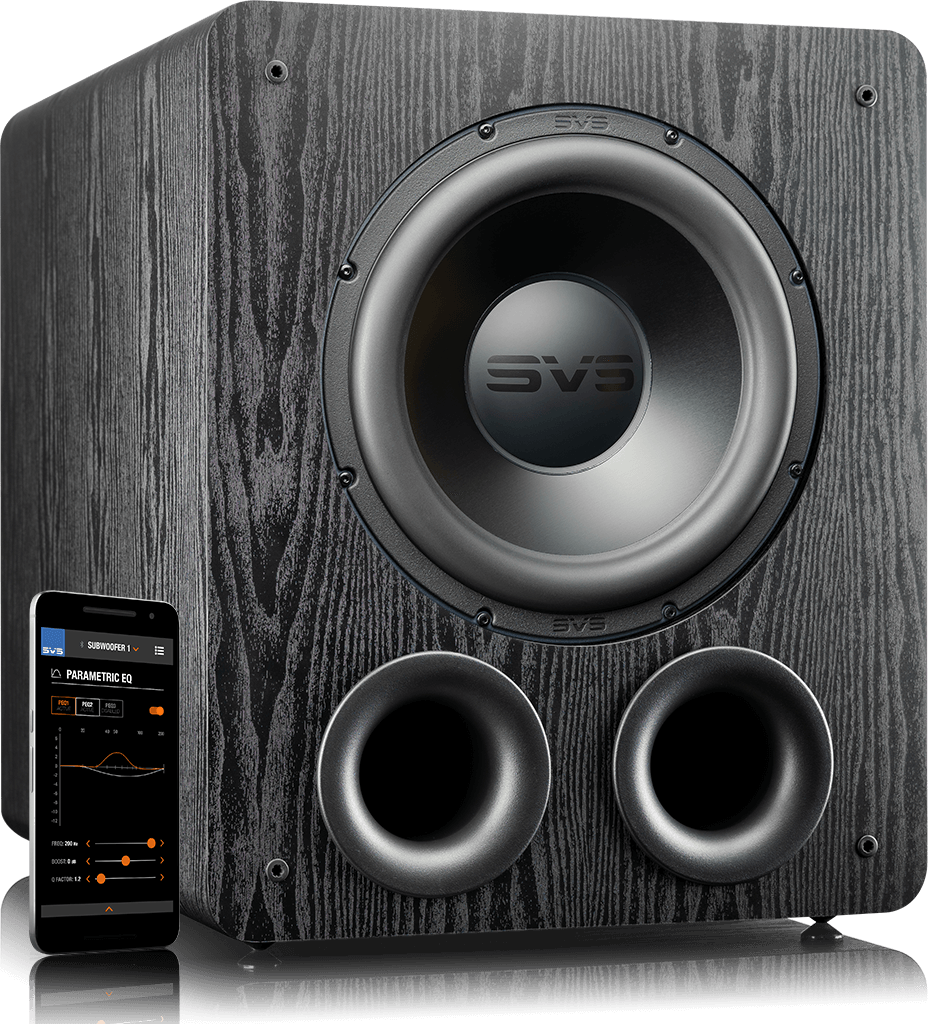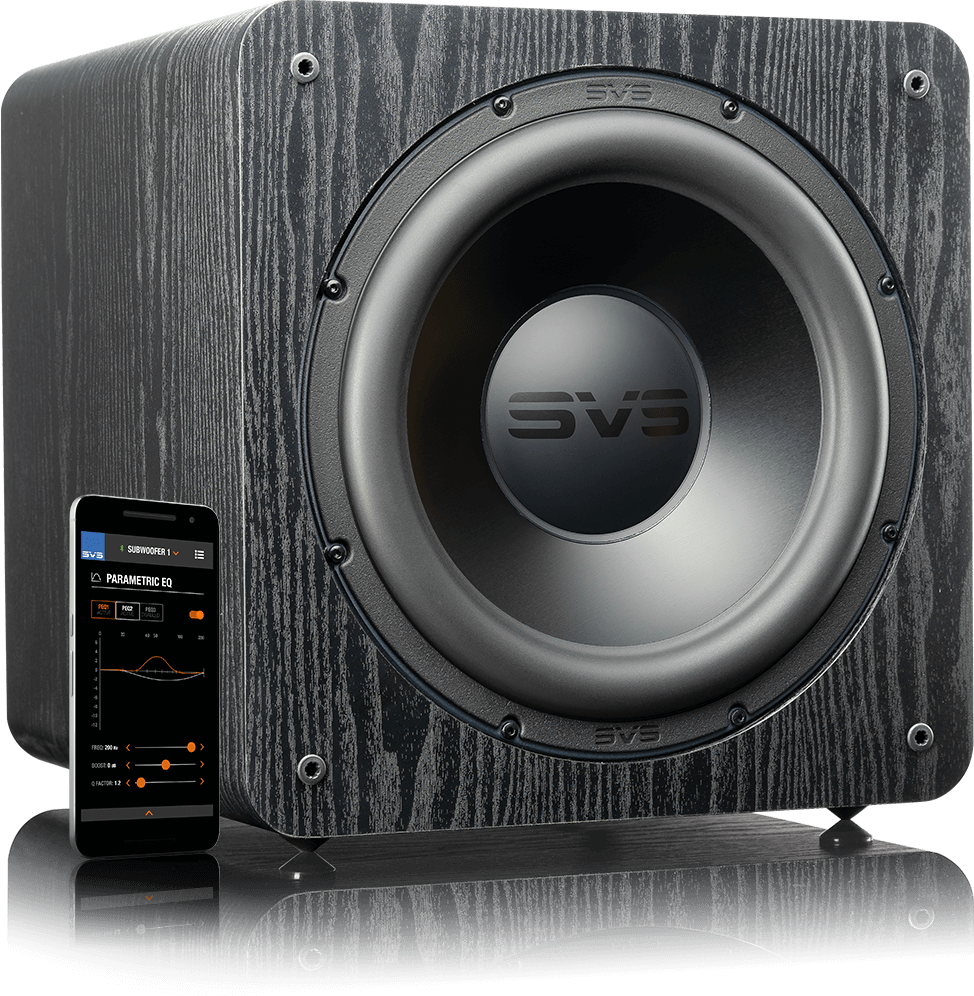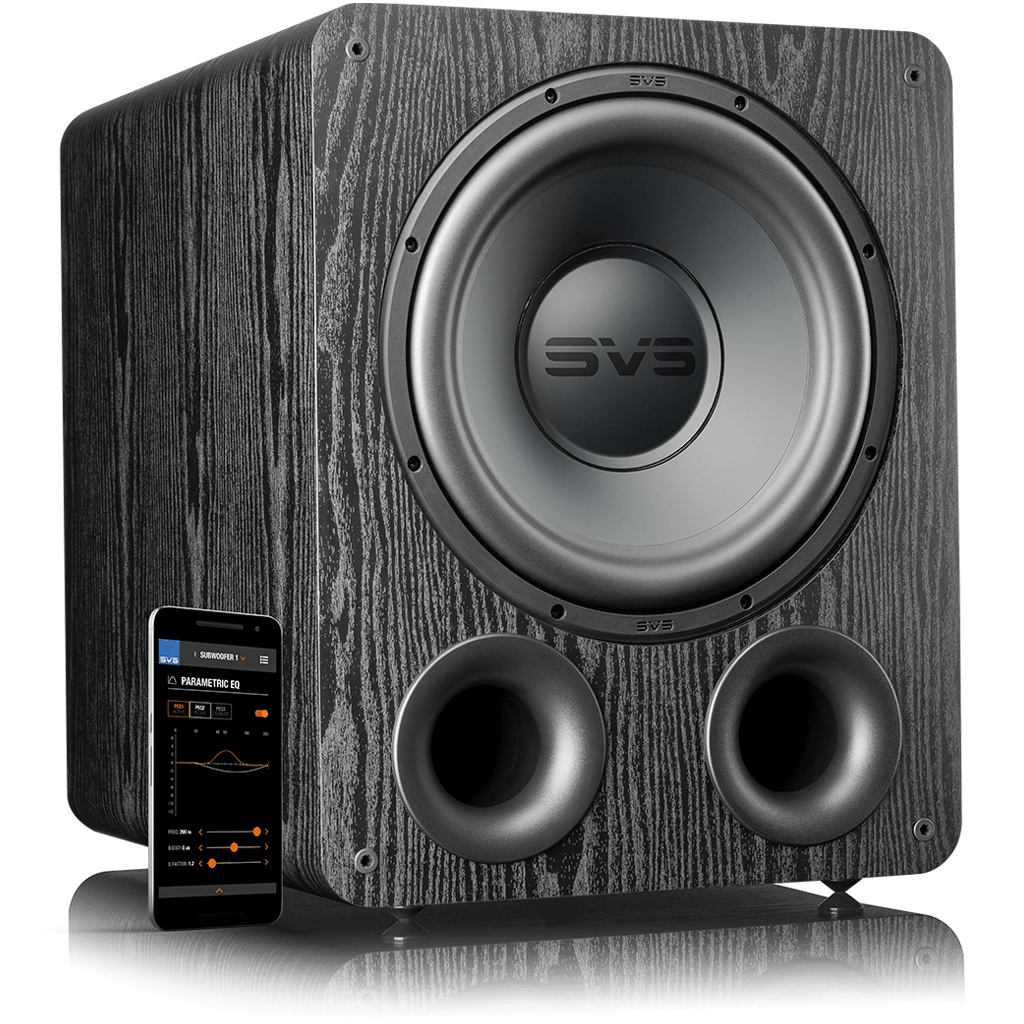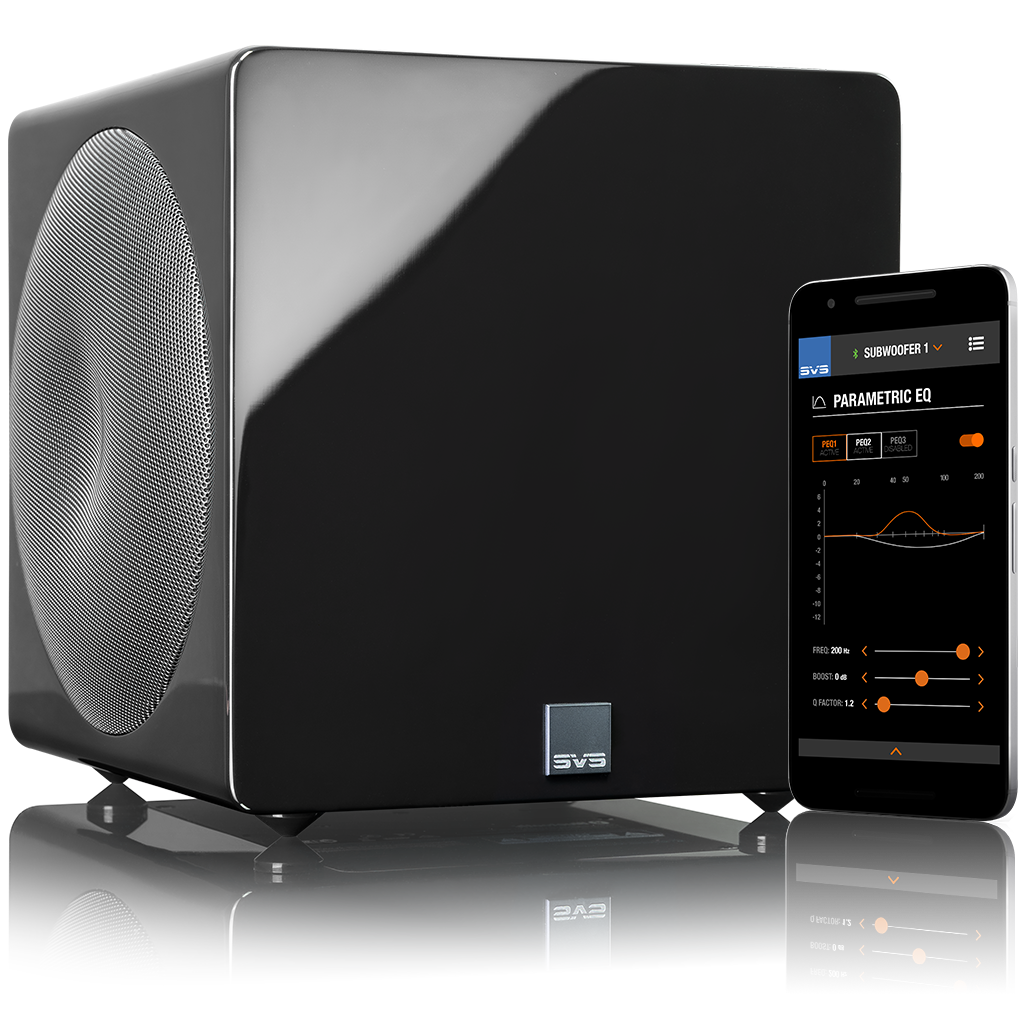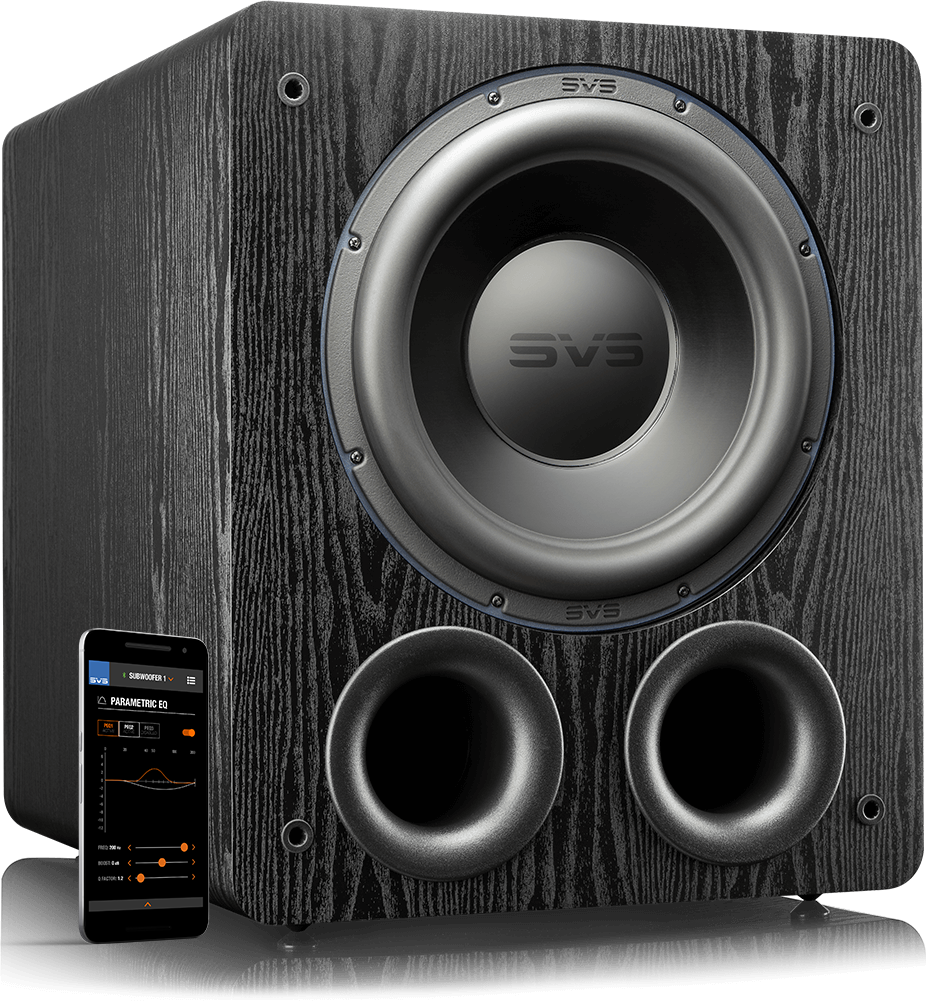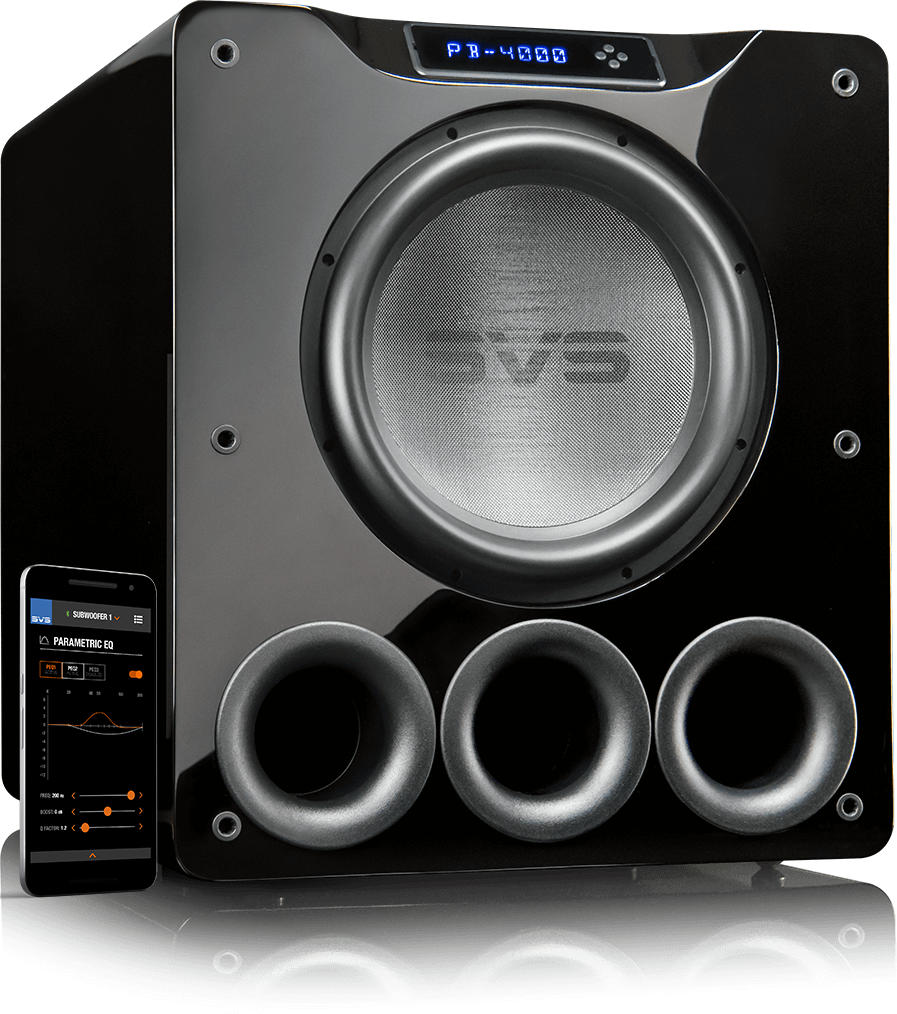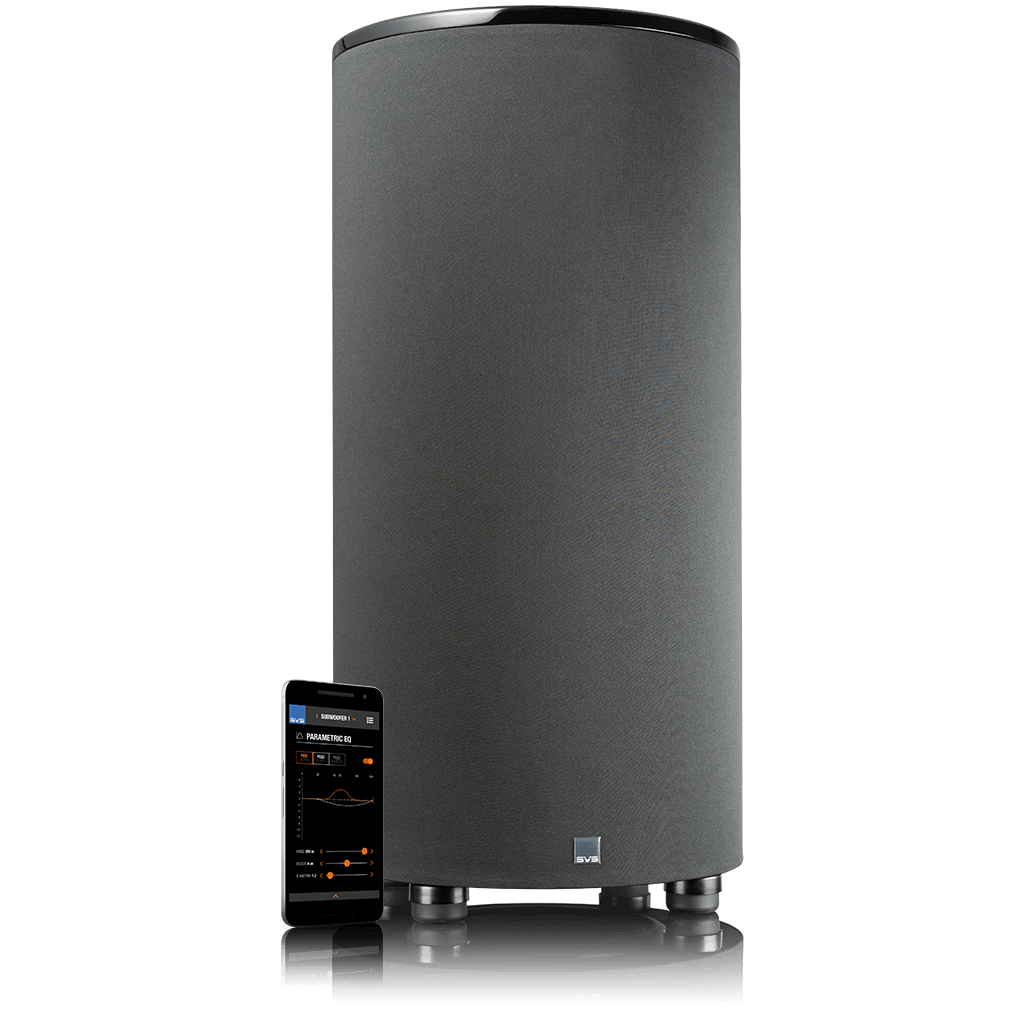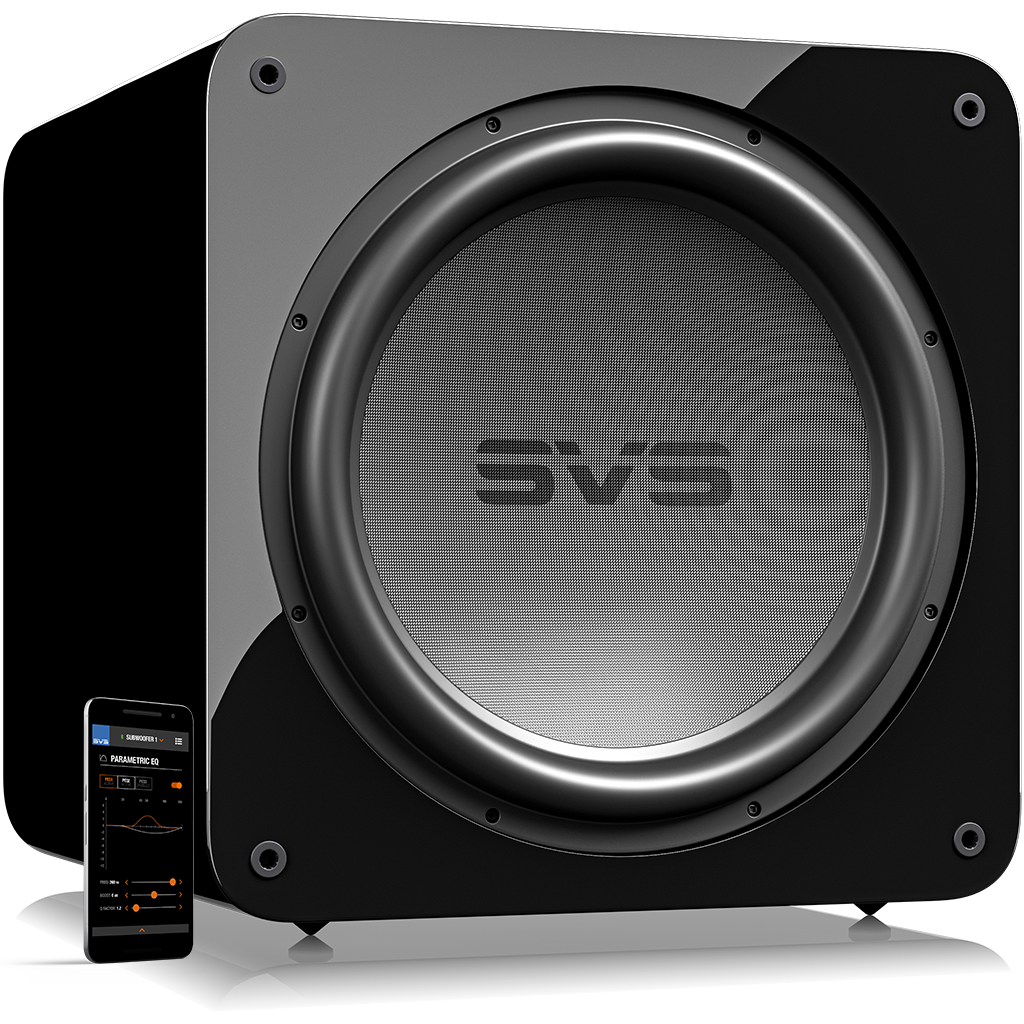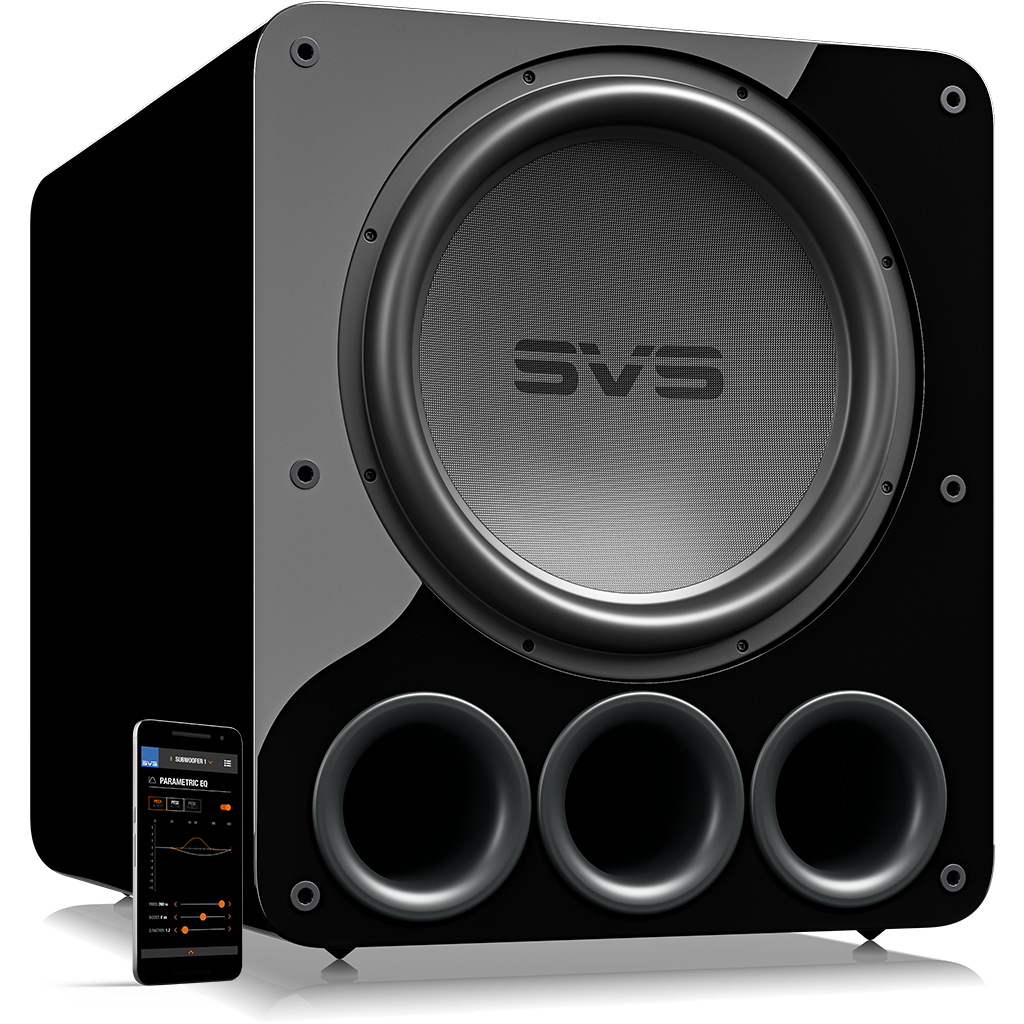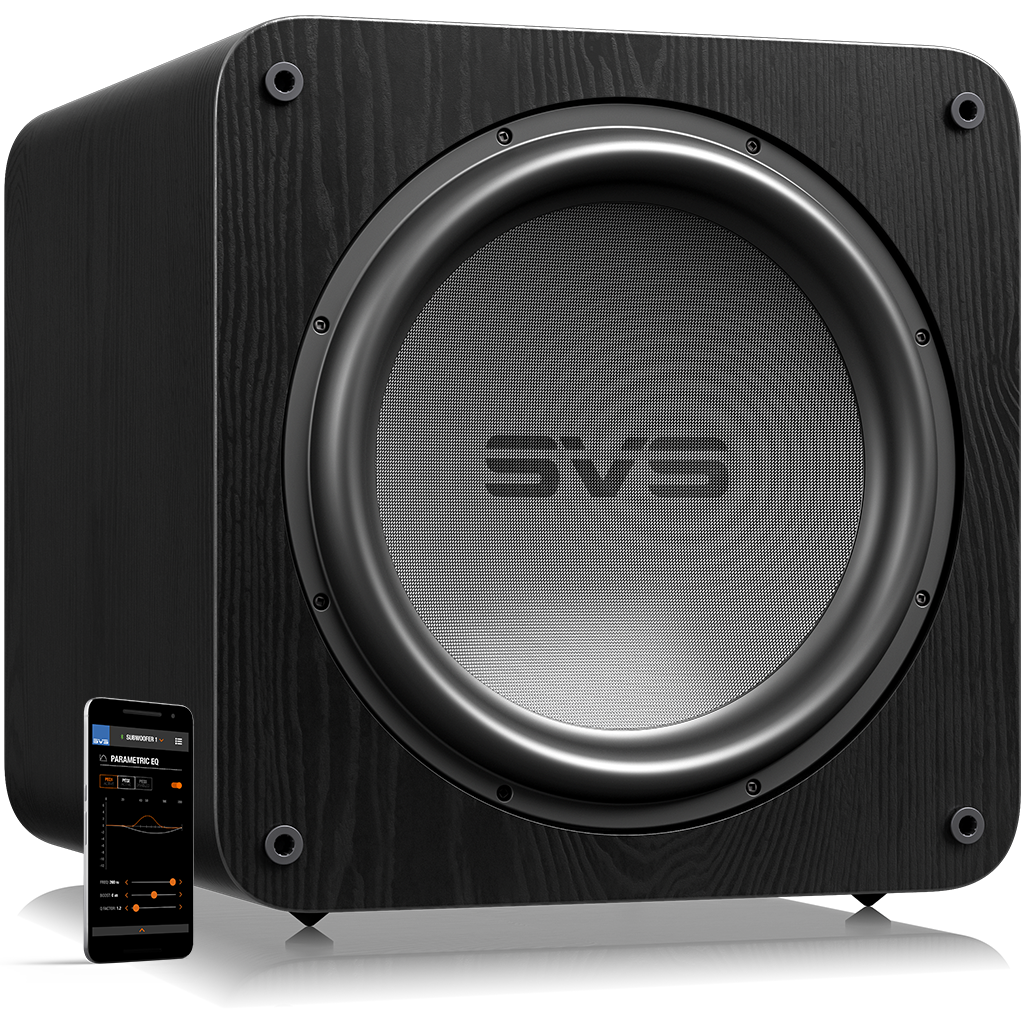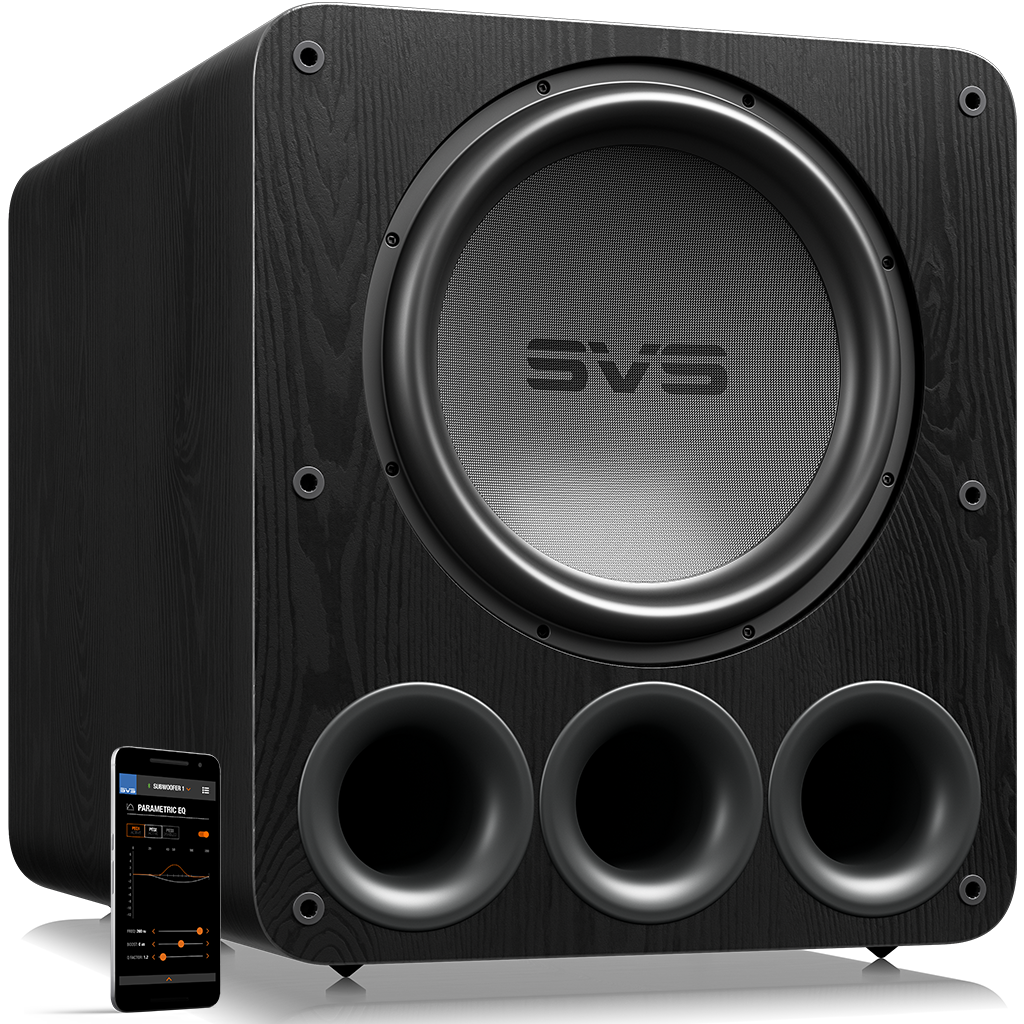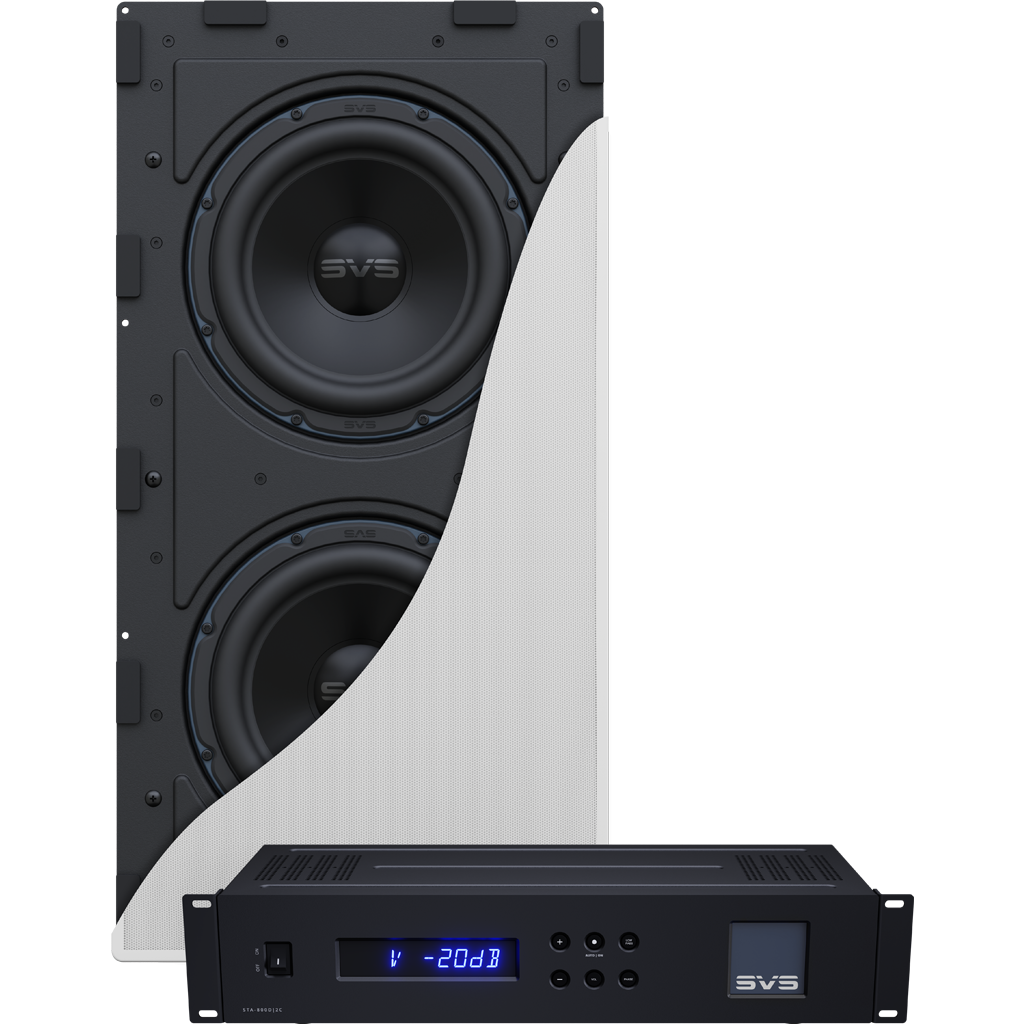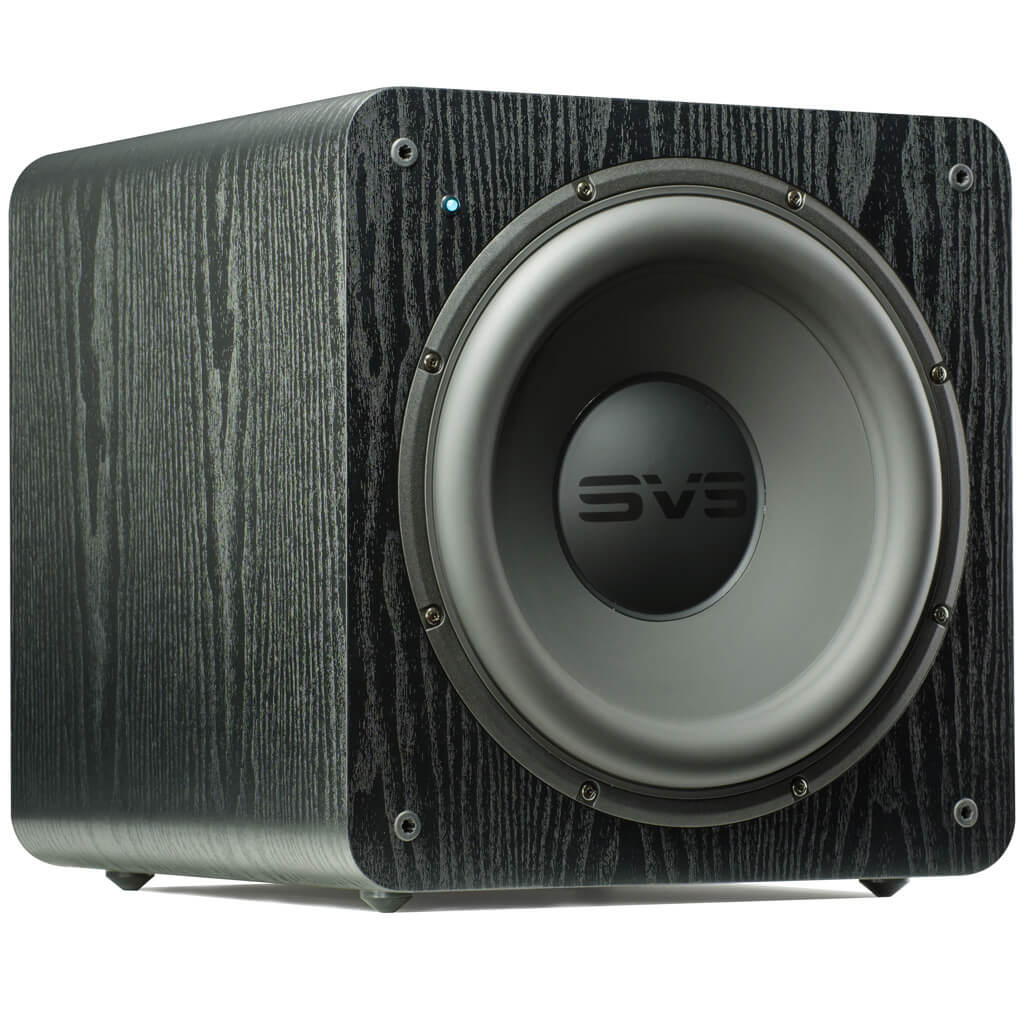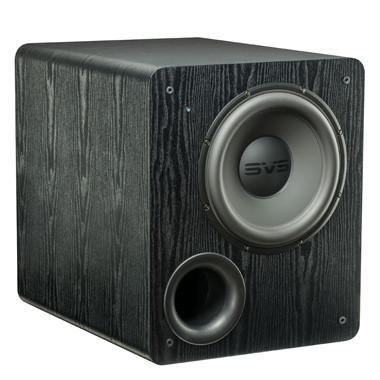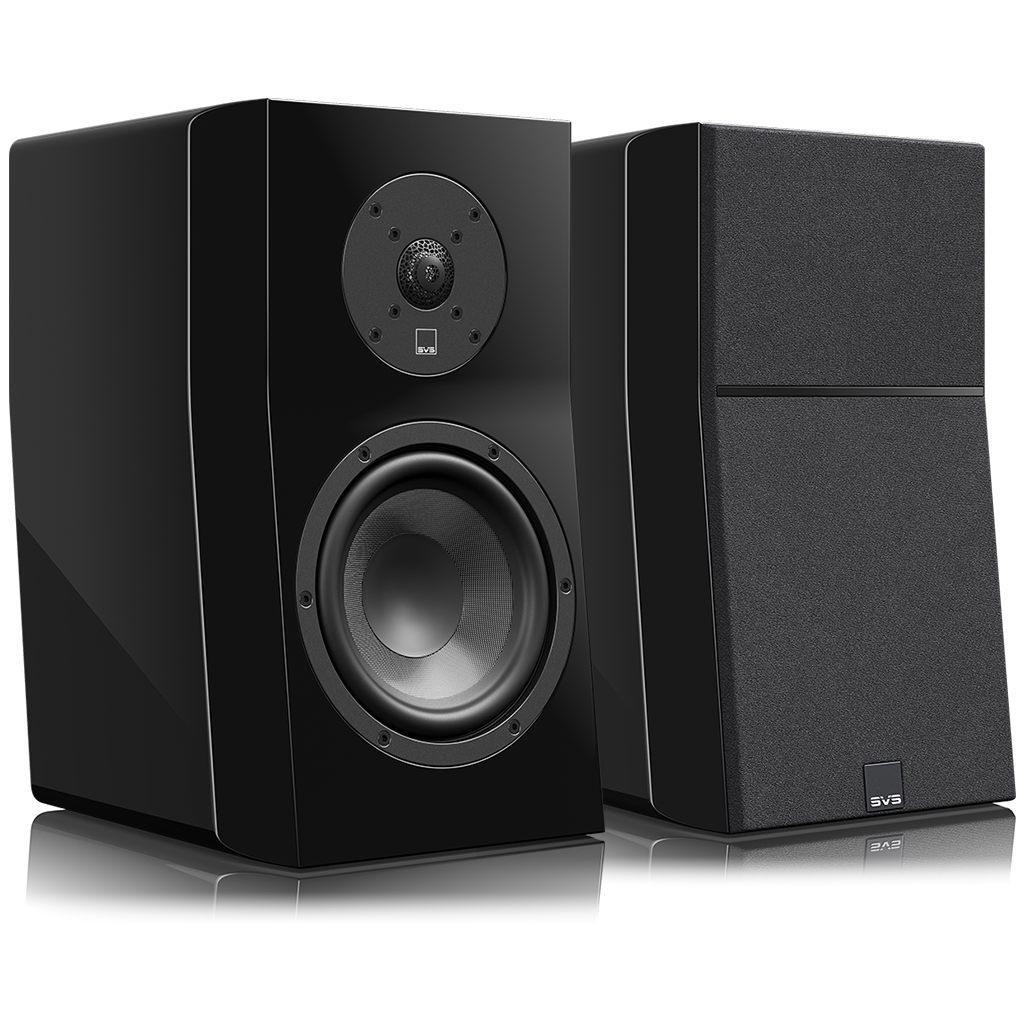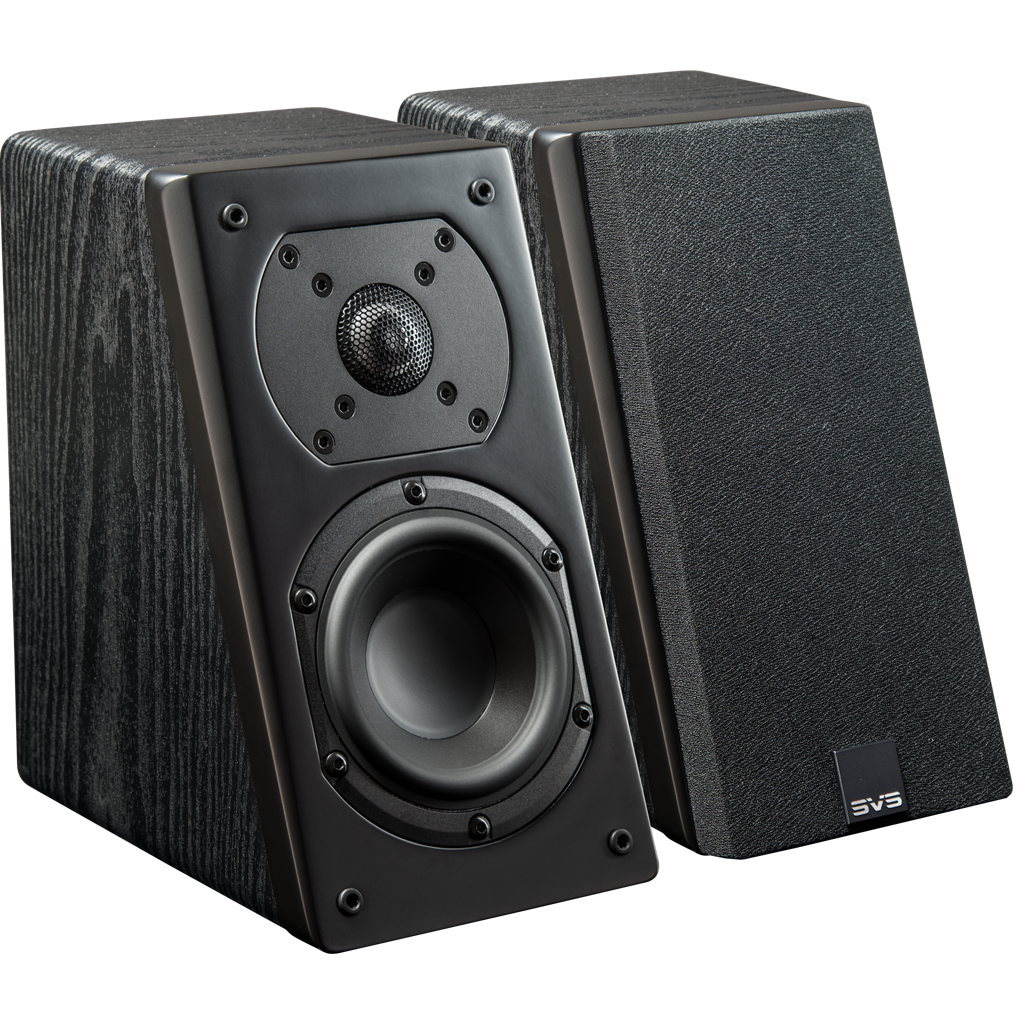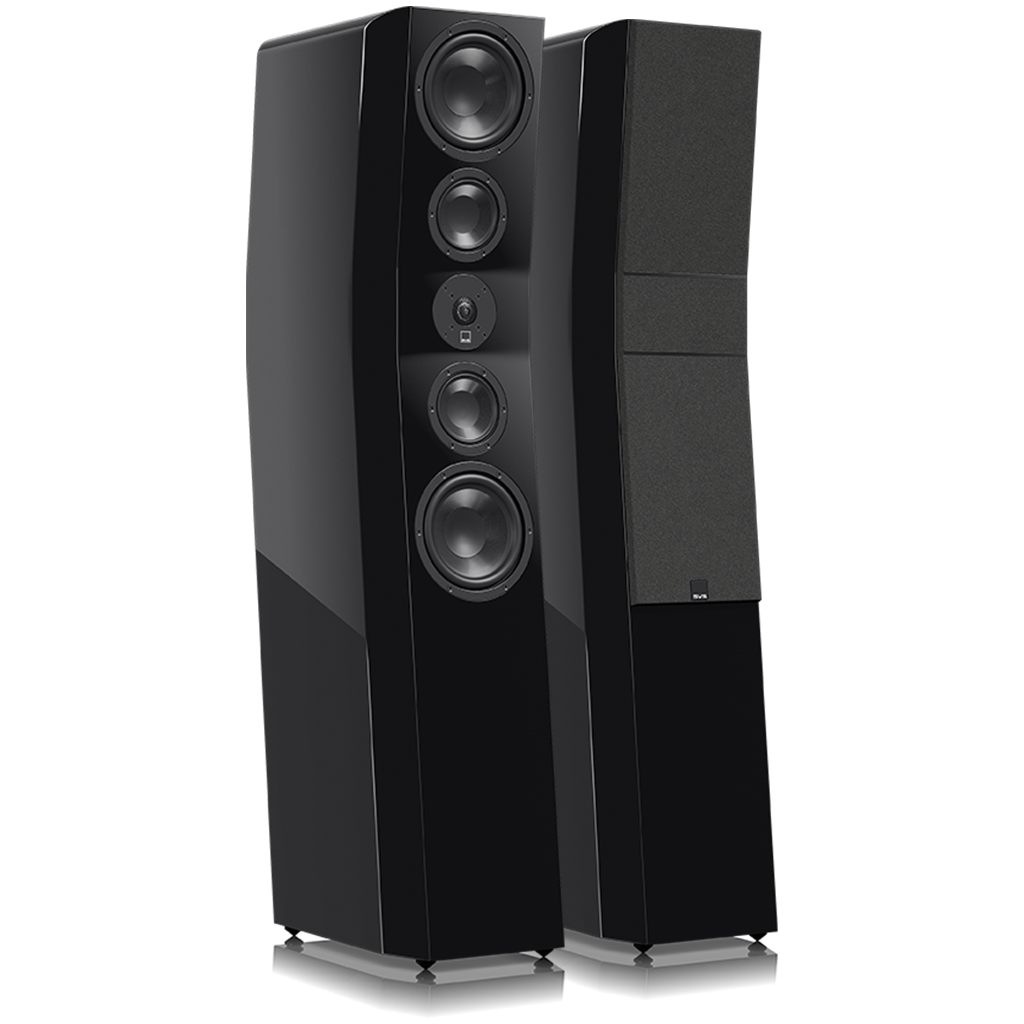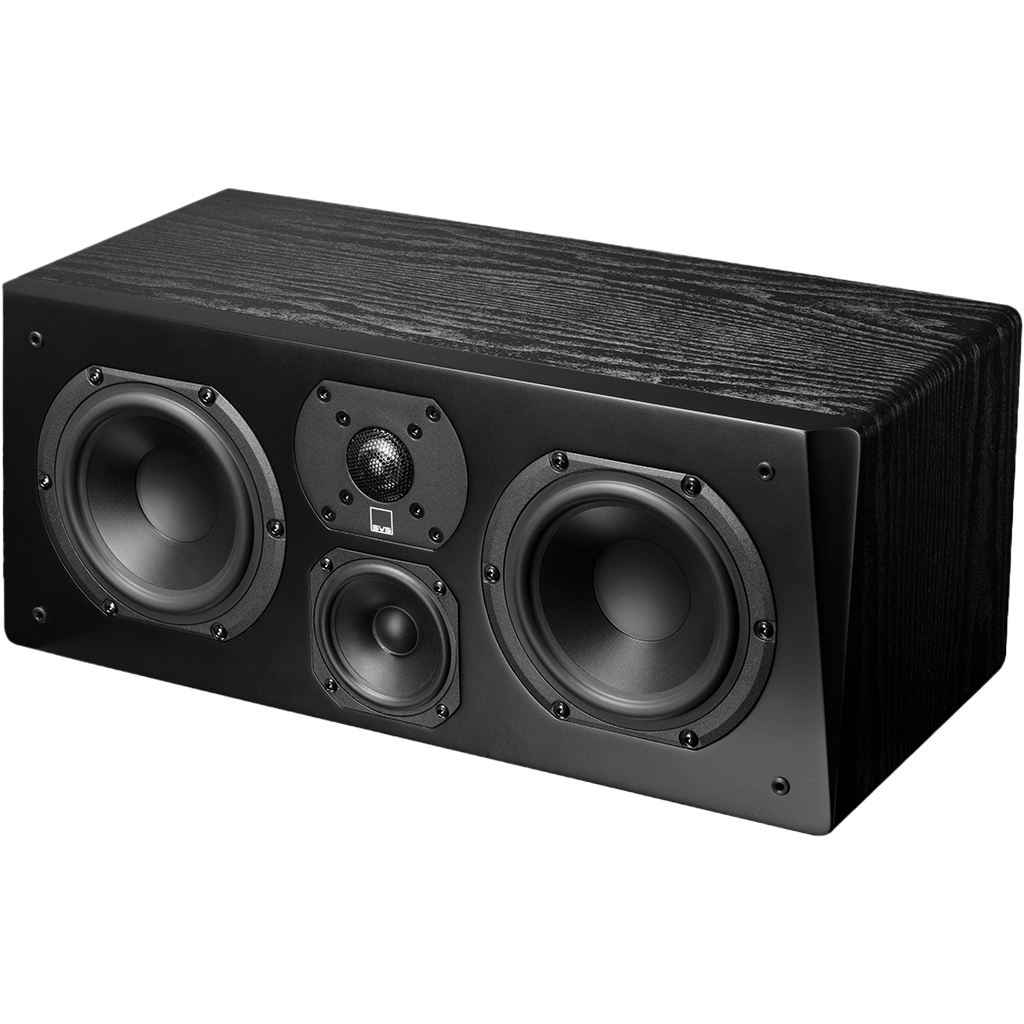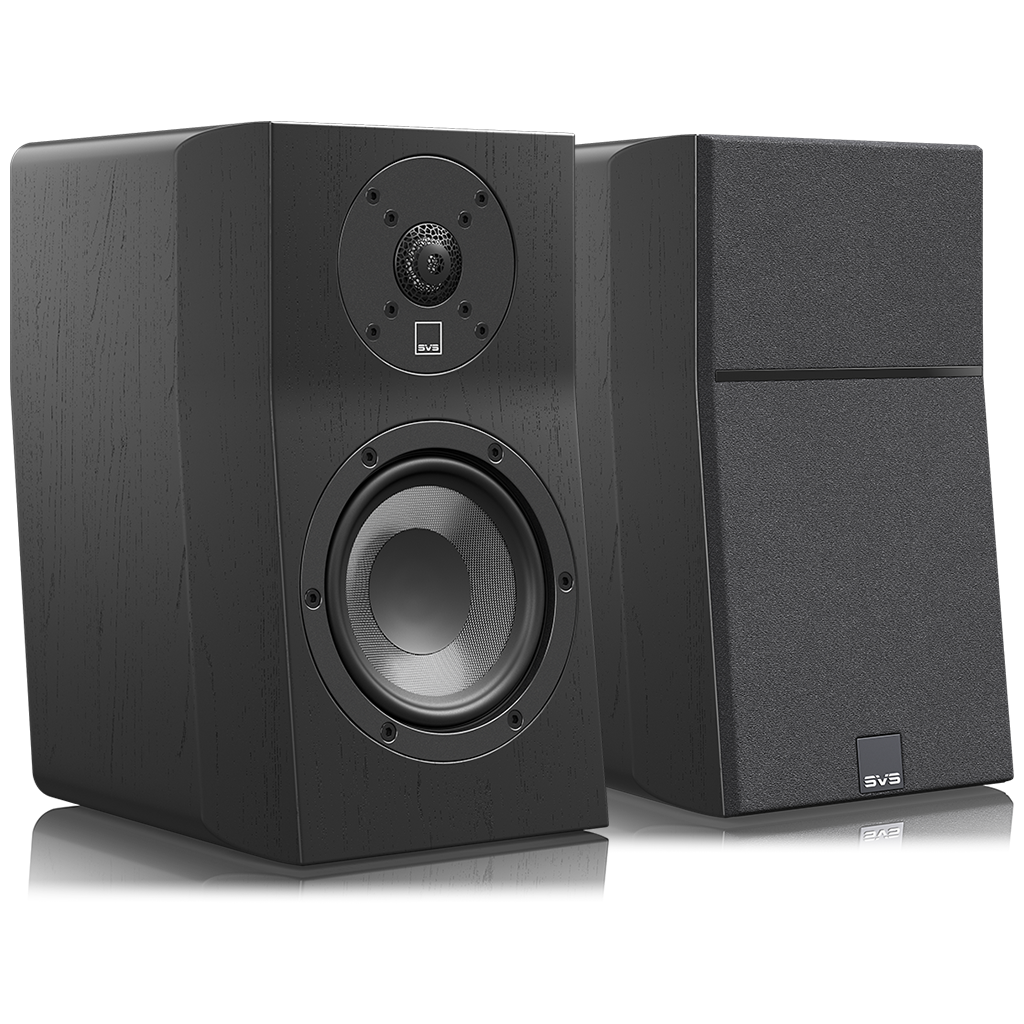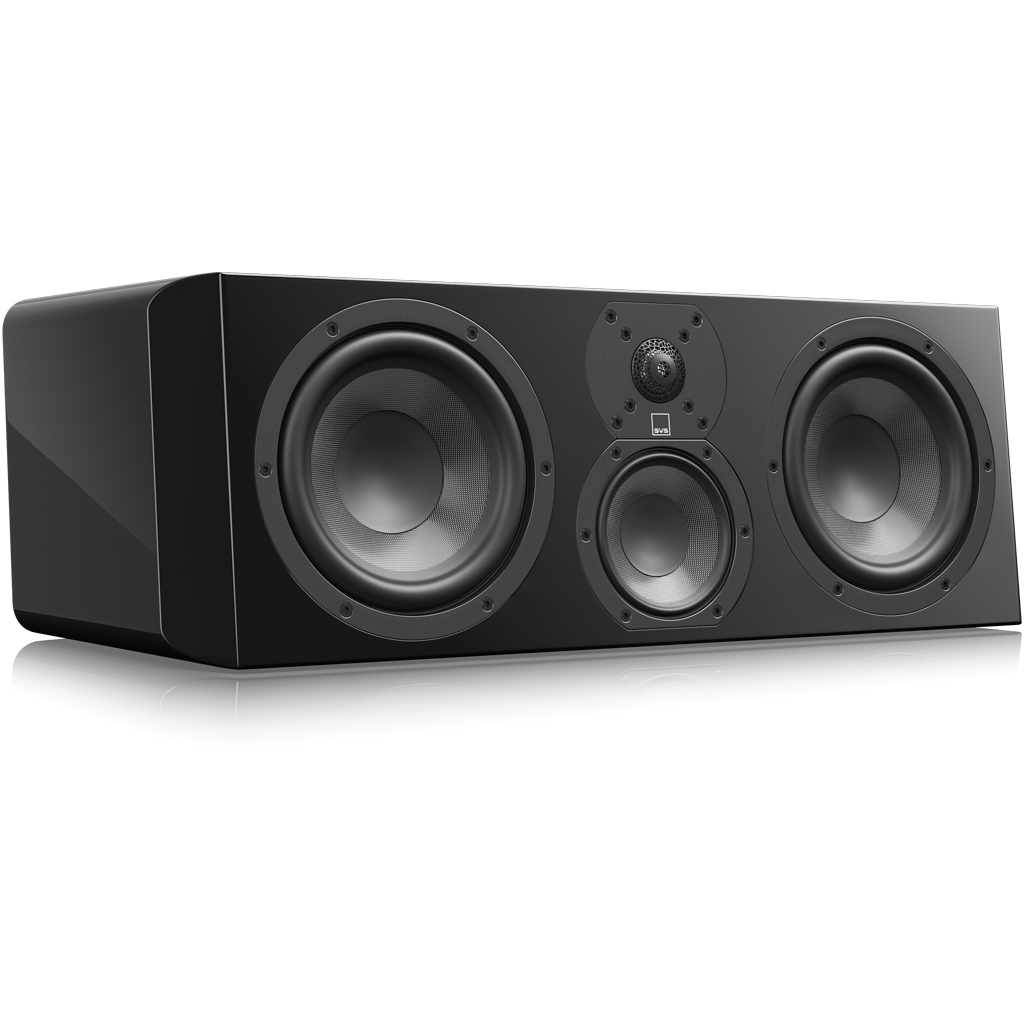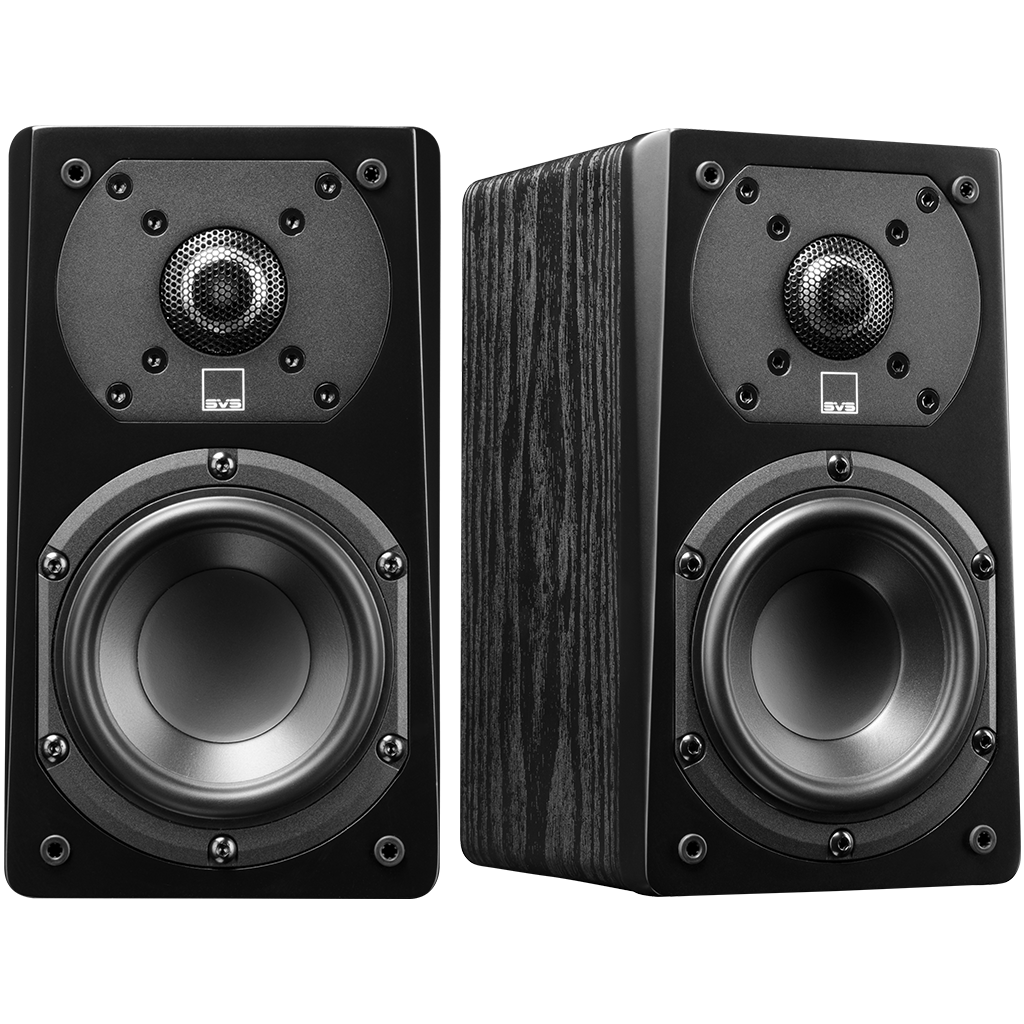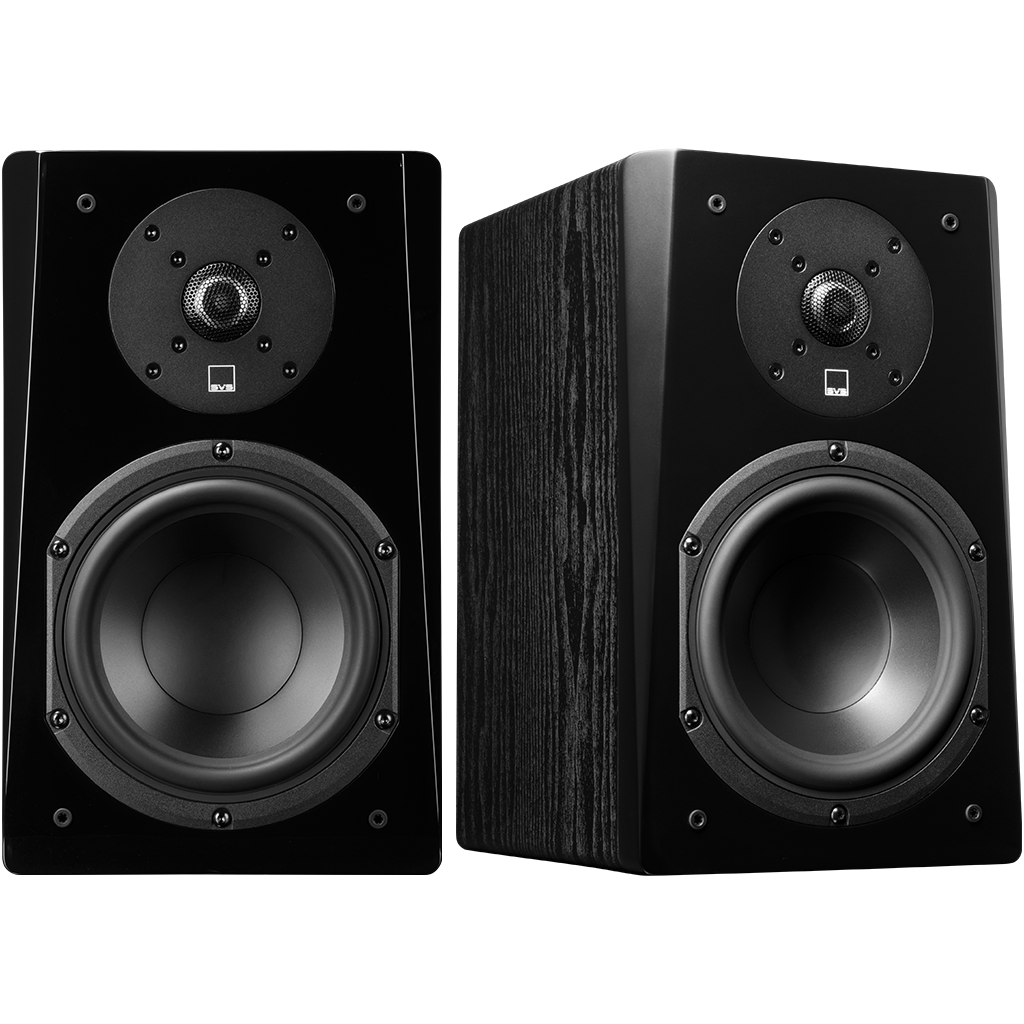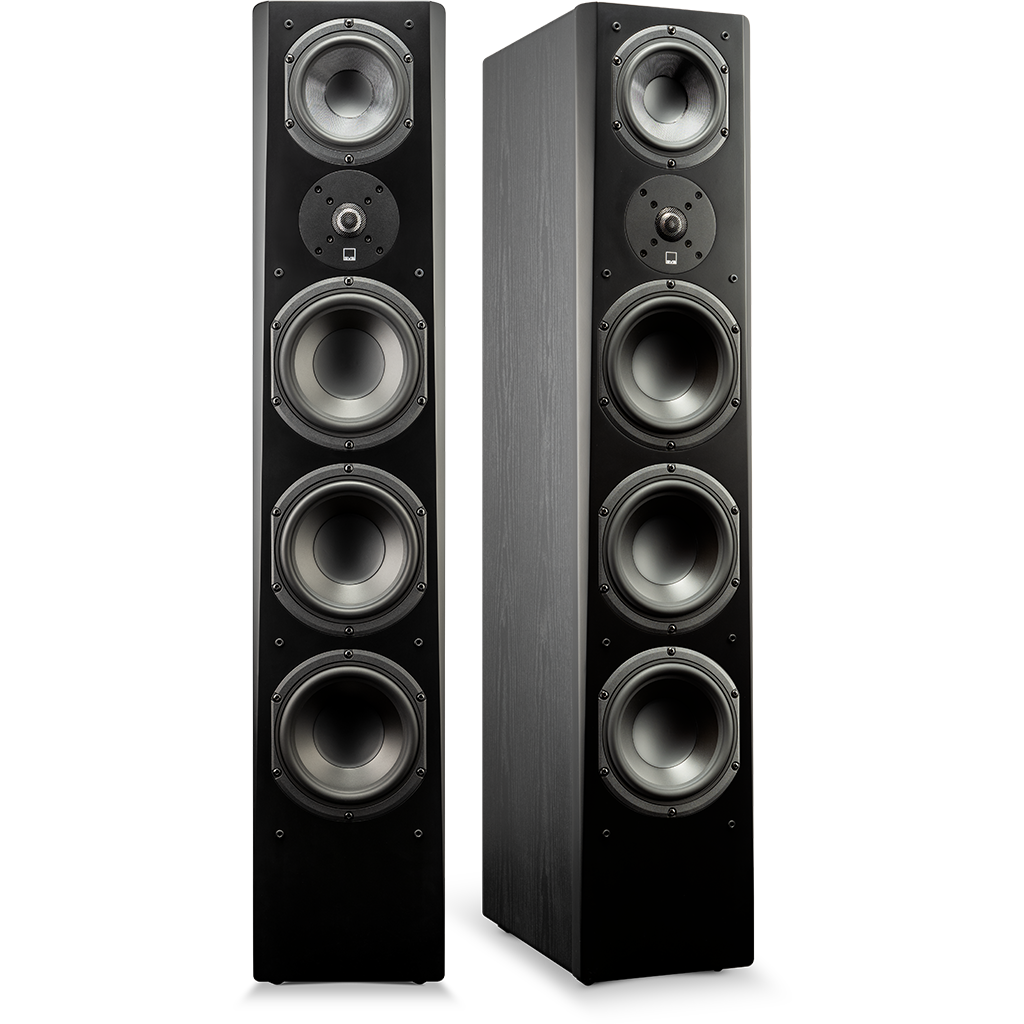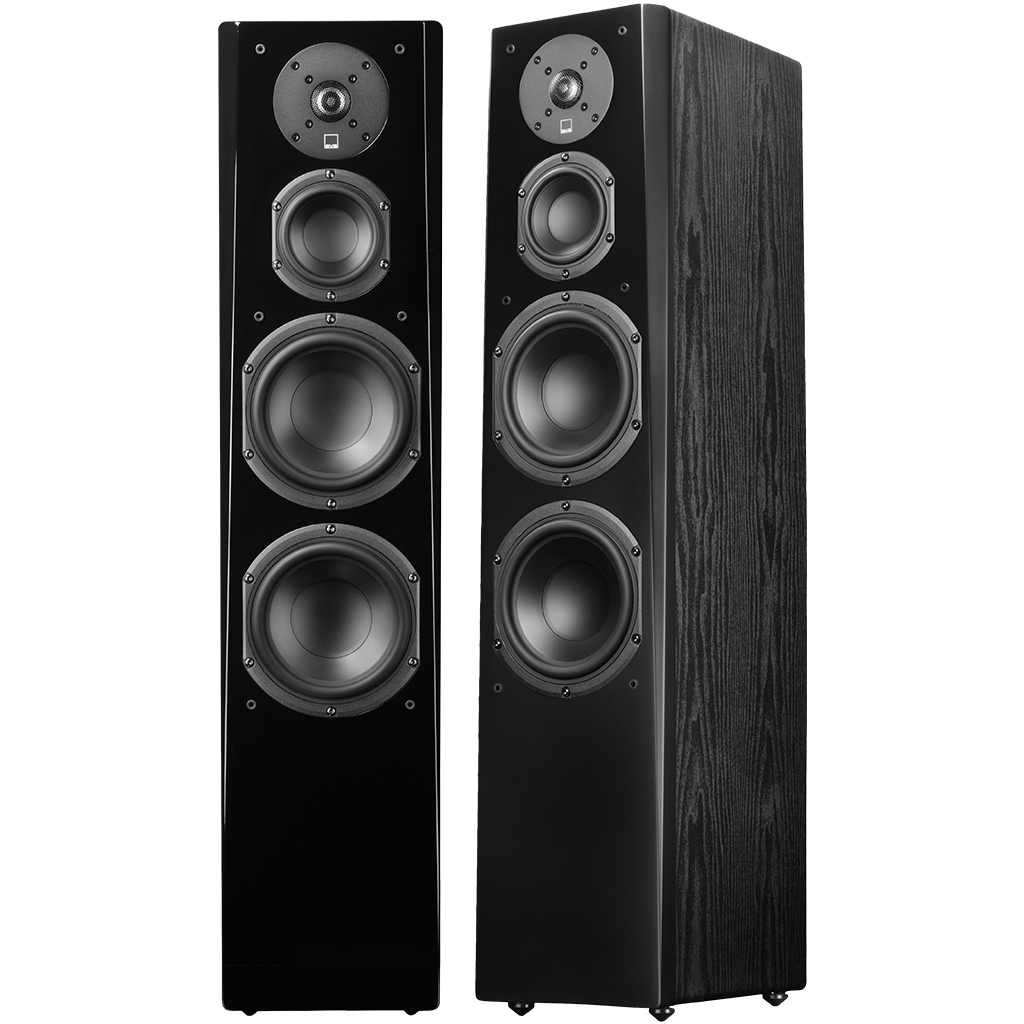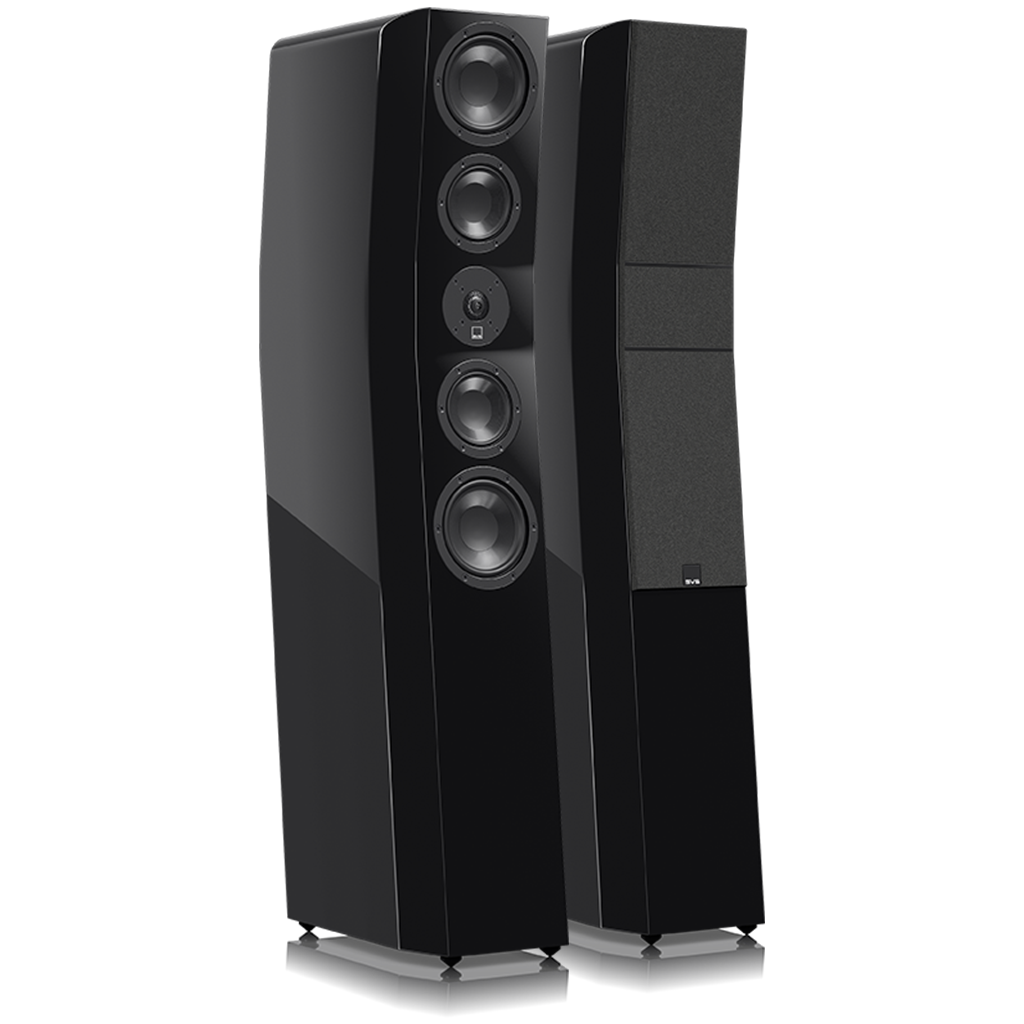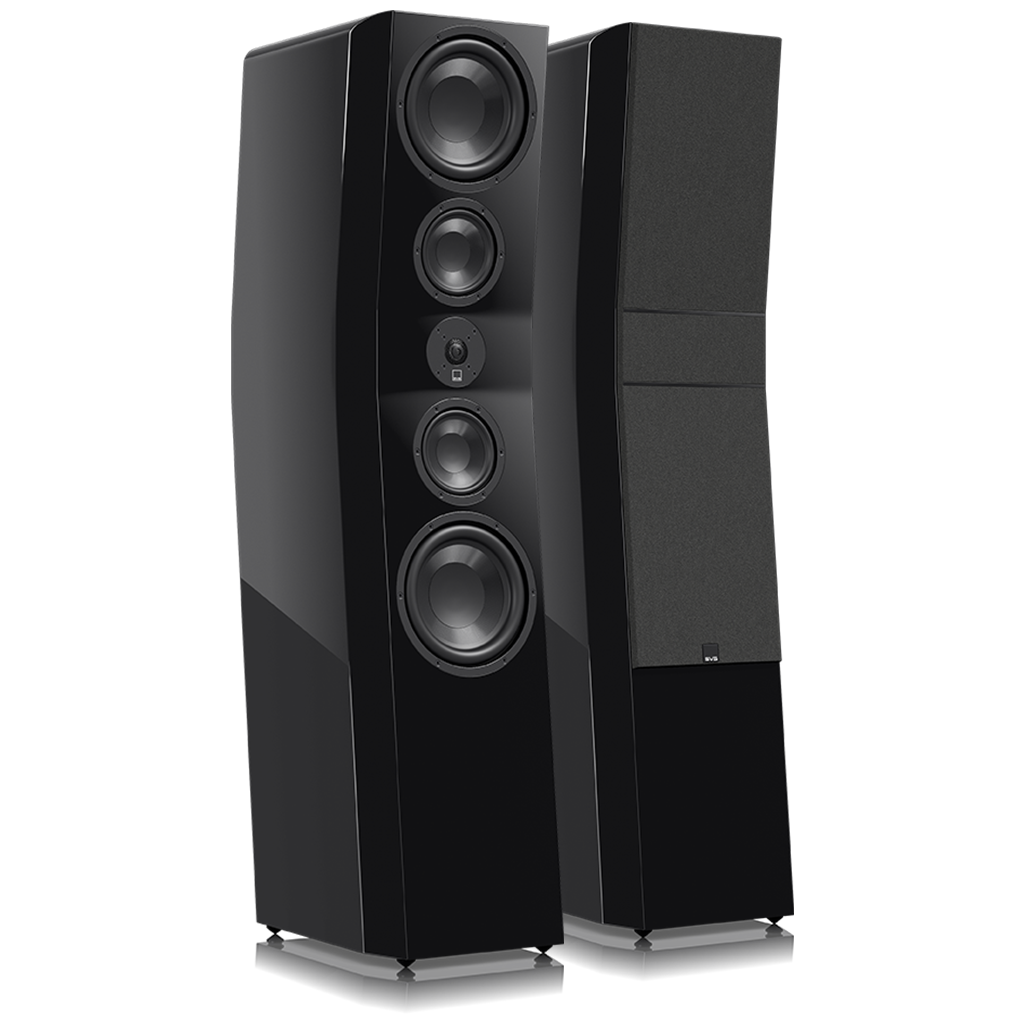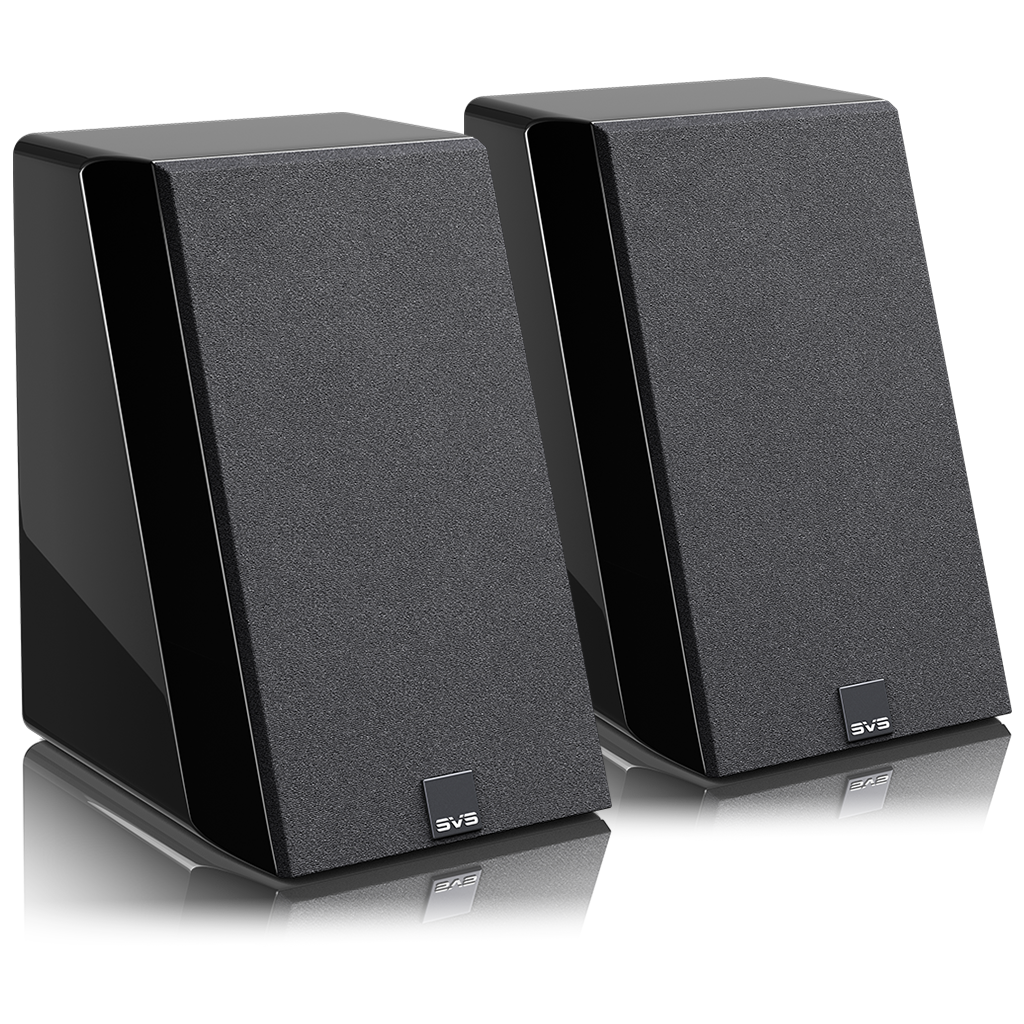XLR vs RCA - What are the Best Audio Cables for Subwoofers & Hi-Fi
At SVS, we live and breathe high-performance sound. Whether it’s the heart-thumping rumble of an SVS SB-5000 R|Evolution subwoofer shaking your couch during a blockbuster movie or the spine-tingling detail of a stereo listening session on a pair of Ultra Evolution Pinnacle tower speakers, we know that every detail matters. And while it’s easy to obsess over speakers, subs, and amps, there’s one part of the chain that often gets overlooked: the humble audio cable.
That brings us to one of the most hotly debated questions in the audio world: XLR vs RCA. Which one delivers the goods when it comes to unleashing the true potential of your system? Let’s untangle the debate.
XLR Cables: The Professional’s Choice

If you’ve ever peeked behind the scenes at a recording studio, live concert, or even a high-end home theater demo (like the ones we host at SVS events), you’ll notice one thing: XLR cables are everywhere. Why?
- Balanced Signal – With three pins carrying a balanced signal, XLRs are the masters of keeping noise and interference at bay. Think of it as having your own noise-canceling headphones for your audio signal.
- Durability – Built like a tank, XLRs lock into place, so you won’t have to worry about them slipping out mid-binge-watch.
- Distance Champ – Got your gear spread across a large, dedicated theater room? XLRs can run long without losing integrity.
When paired with our SVS SoundPath Balanced XLR Interconnects, you’ll get the cleanest possible signal whether you’re connecting your processor to dual subwoofers or running balanced outputs from your AVR.
RCA Cables: The Classic Connector

Don’t write off RCA just yet. Most consumer gear still comes ready for these familiar red-and-white connectors. They’re simple, affordable, and everywhere — from vintage turntables to modern AVRs.
- Plug-and-Play Simplicity – Perfect for quick connections without overthinking.
- Cost-Effective – More budget-friendly than XLR, and for short runs, they get the job done.
- Compatible – If you’re running a traditional 2-channel setup or a home theater surround sound system, RCA is often the default option.
Our SVS SoundPath RCA Subwoofer Cable is engineered to maximize performance even with unbalanced RCA runs, keeping noise and hum out of your bass so your powered subs hit with authority.
Do XLR Cables Really Sound Better?
Here’s the truth bomb: In a typical living room system with short cable runs, you most likely won’t hear a night-and-day difference between RCA and XLR. But in dedicated theaters, noisy environments, or whenever you want to future-proof your system for upgrades, XLR takes the win.
We’ve had countless SVS fans share stories of hum and buzz vanishing the moment they switched from an RCA to a SoundPath Balanced XLR. One even told us his dual ported subwoofers went from “pretty awesome” to “neighbors-calling-the-cops awesome” after the swap.
Advantages of XLR over RCA
Balanced Signal
One of the primary advantages of XLR cables is their ability to carry a balanced signal. This means that the cable can effectively cancel out noise and interference, providing a cleaner audio signal. This is particularly beneficial in professional settings or when running cables over long distances.
Durability and Design
XLR cables are designed to be durable, with a locking mechanism that ensures a secure connection. This makes them less prone to accidental disconnections, which can be a common issue with RCA cables.
Versatility
XLR cables are versatile and can be used in various applications, from connecting microphones to audio interfaces, to linking professional audio equipment. Their ability to maintain signal integrity over long distances makes them a preferred choice in many scenarios.
Advantages of RCA over XLR
Simplicity and Compatibility
RCA cables are simple to use and widely compatible with consumer audio equipment. They are often used in home audio systems, televisions, and gaming consoles, making them a convenient choice for many users.
Cost-Effectiveness
RCA cables are generally more affordable than XLR cables, making them an attractive option for those on a budget. They provide a cost-effective solution for connecting audio equipment in a home setting.
Availability
Due to their widespread use, RCA cables are readily available and can be found in most electronics stores. This makes them an easy choice for quick and simple audio connections.

If you really want to dive deeper into the XLR and RCA debate, here are some FAQs that our SVS support team routinely answers.
Are RCA to XLR Cables Balanced?
RCA to XLR cables are not inherently balanced. While they can be used to connect RCA outputs to XLR inputs, the signal remains unbalanced. This means that the benefits of a balanced XLR connection, such as noise cancellation, are not fully realized.
What Are the Disadvantages of XLR Cable?
While XLR cables offer many advantages, they also have some drawbacks. They are typically more expensive than RCA cables and may not be necessary for all applications. Additionally, their larger connectors can be cumbersome in tight spaces.
Why Aren't RCA Cables Used Anymore?
RCA cables are still widely used, particularly in consumer audio equipment like the LFE input on subwoofers. However, as audio technology advances, there is a growing preference for digital connections and balanced audio solutions, which offer improved sound quality and reliability.
What Is the Advantage of XLR Cables?
The primary advantage of XLR cables is their ability to carry a balanced signal, which reduces noise and interference. This makes them ideal for professional audio applications and situations where signal integrity is crucial.
Is RCA or XLR Better for Subwoofers?
When it comes to connecting subwoofers, both RCA and XLR cables can be used. However, XLR cables may offer slightly better performance in terms of noise reduction and signal integrity, particularly in larger setups with long cable runs or environments with potential interference.
RCA cables are suitable for many audio applications, particularly in home audio systems. They provide a simple and cost-effective way to connect audio components. However, for those seeking the highest sound quality, particularly in professional settings, XLR cables may be a better choice.
Final Thoughts: XLR vs RCA
In the debate between XLR and RCA cables, the best choice depends on your specific needs and setup. For professional audio environments or situations where signal integrity is crucial, XLR cables are the preferred option. However, for home theater surround sound systems and consumer electronics, RCA cables offer a simple and cost-effective solution without sacrificing sound quality in most setups.
For those looking to enhance their audio experience, investing in high-quality cables can make a significant difference. Consider exploring the SVS SoundPath Balanced XLR Cable and the SVS SoundPath Subwoofer Cable to elevate your audio setup and enjoy the full potential of your sound system.
SVS SoundPath XLR and RCA subwoofer cables are engineered to the same uncompromising standards as our speakers and subwoofers, making them a premium solution for any system — from professional studio rigs to full-blown home theaters. Heavy-duty 24K gold-plated connectors, precision shielding, and high-purity copper conductors ensure pristine signal transfer with zero compromise.
Whether you’re running balanced XLR lines across a dedicated theater room or connecting a subwoofer with RCA in a living room setup, SoundPath cables eliminate noise, hum, and signal loss, so all that’s left is the full emotional impact of your music and movies. Designed for universal compatibility, they provide bulletproof performance that lets your gear — and your sound — shine at its absolute best.
Because when it comes to immersive, heart-racing, goosebump-inducing sound, every detail counts.

